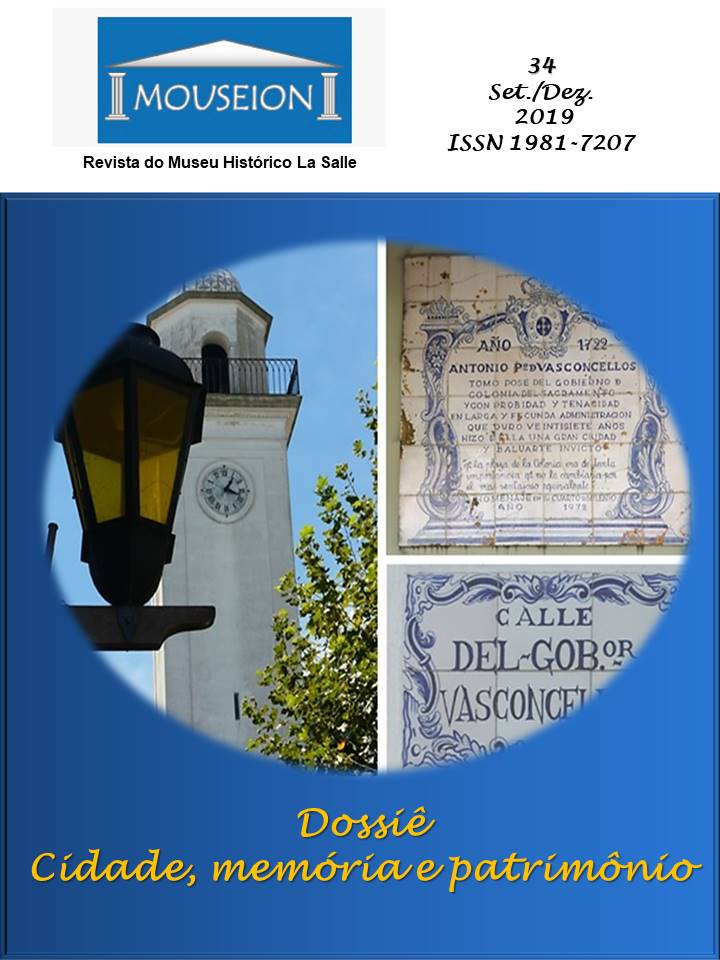Construction of the imaginary of a city using digital technologies
DOI:
https://doi.org/10.18316/mouseion.v0i34.5673Keywords:
Imaginary, Image Identity, City, Digital TechnologiesAbstract
For an individual, a city or region becomes a manifestation where material and immaterial elements converge, sustained by the culture and identity forged through generations in a given space, which acquires form and meaning in the minds of the inhabitants giving form the imaginary; then reflected in symbols and other concepts expressed in the city, thus defining its essence. However, cities day by day receive the onslaught of external symbols. In the search to preserve and exalt the culture and identity of the social group in front of others, digital media emerge as a promoter channel, where communication mediated by different technologies, mainly systems such as Facebook and YouTube, has become a promoter of culture and identity, thus consolidating the imaginary and driving meanings as it is an own and representative brand. This text addresses this situation, exploring the case of a city in northwestern Mexico, a country characterized by historical, cultural and patrimonial wealth recognized in other parts of the world, and as the trend of cultural videos edited and shared by users to through social platforms, they have become participants of the above. The text finally invites us to reflect on how, from the effect that digital tools bring to the communication process, it is possible to determine if the generation of the imaginary benefits, as well as customs and traditions that are being forgotten.
Downloads
Published
Issue
Section
License
Authors must submit their manuscripts to be published in this journal agree with the following terms:
Authors maintain the copy rights and concede to the journal the right of first publication, with the paper simultaneously licensed under the License Creative Commons attribution that permits the sharing of the paper with recognition of authorship and initial publication in this journal.
Since the articles are presented in this journal of public access, they are of free use, with their own attributions for educational and non-commercial purposes.


